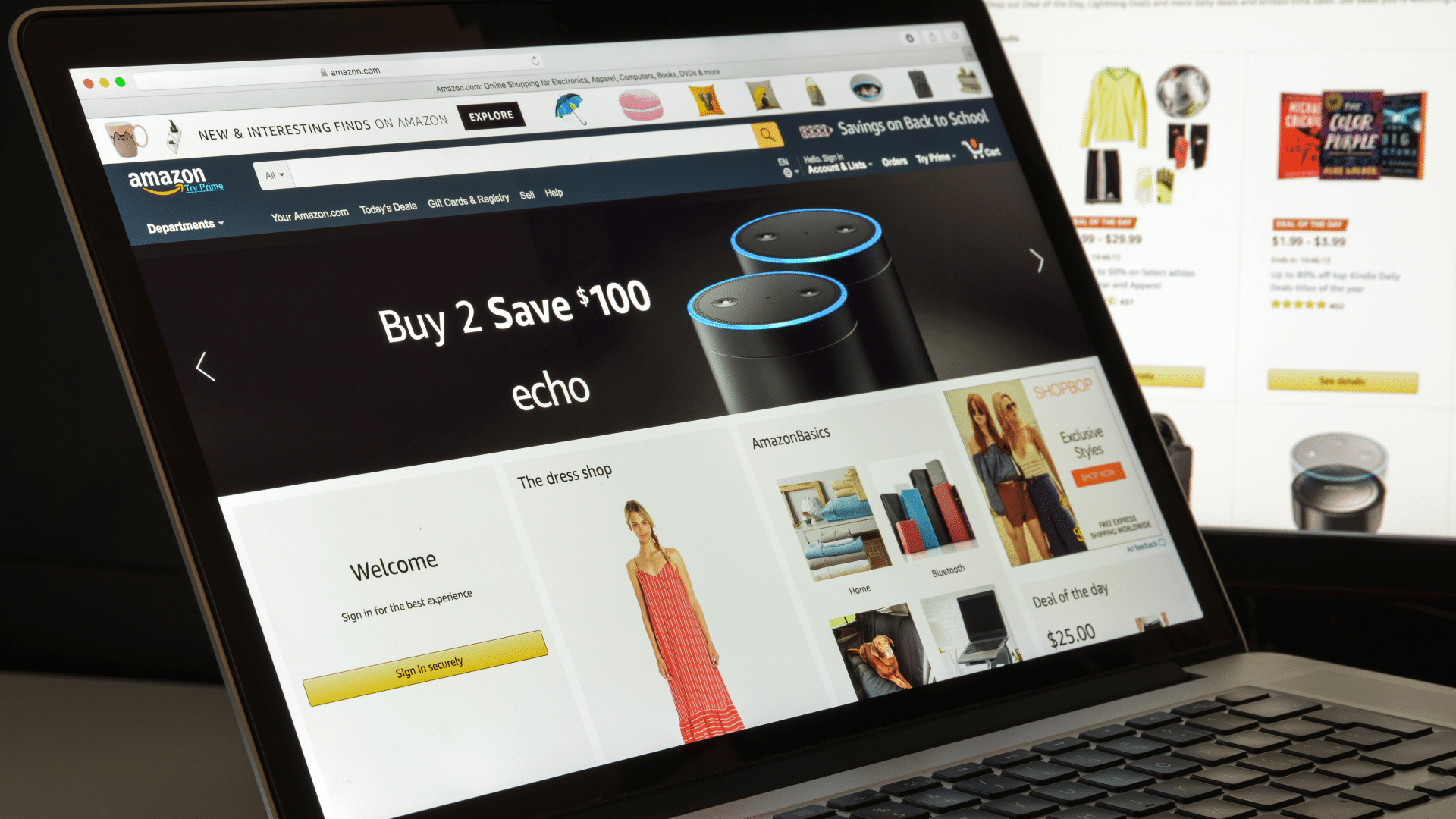The Future of Marketing: Automation and Predictive Analytics
Marketing technology moves fast. As it advances, we need to make sure we’re up to date with the latest trends and developments. While some of these trends are simply fads that fade away, others are serious game-changers. Marketing automation and predictive analytics are among those game-changers.
Marketing automation has been around for a while now. Many CRMs have evolved into MAP platforms to enable automation across multiple marketing processes and channels. It helps with lead generation and nurturing, scoring, measuring successes across campaigns and a whole lot more. And with more and more businesses using some form of automation, it’s not going away soon.
The best part about automation, however, is that it has opened the door to predictive analytics in marketing. By combining techniques from data mining, statistics and machine learning, marketing automation platforms—such as our very own Sugar Market—allow organizations to parse and find meaning in large amounts of customer data. And by leveraging these insights, these organizations are able to make data-driven decisions that inform their marketing strategies.
In other words, marketing automation and predictive analytics are driving business decisions in a big way, and it’s only going to get bigger. It’s not an overstatement to say that this is the future of marketing.
Let’s take a look at why that is.
A Closer Look at Marketing Automation

In short, marketing automation lets you focus on the bigger picture of your marketing efforts while the system takes care of the daily busy work. Think of all the simple yet repetitive things you do in a given day: firing off emails in a drip campaign, adding sales calls to your calendar, posting on social media and sending out invoices. And that’s just to name a few.
All the mundane things you take care of in the day-to-day interactions you have with your CRM can be hemmed up with marketing automation. This helps you stay organized, improves the customer experience, increases sales and saves everyone a huge amount of time. With the right kind of marketing automation, your platform works for you rather than the other way around.
But it goes even further than that. Take this scenario, for example:
- You send an email to a group of leads, inviting them to attend a webinar.
- Those leads are linked to a form to reserve a spot for the webinar. Those who do so are automatically added to a mailing list.
- Everyone in the mailing list is added to a nurture campaign, where they’ll receive follow-up emails thanking them for attending, inviting them to find out more, offering a link to download a case study or an eBook and so on.
Thanks to advanced marketing automation, you can do all this with ease. And instead of micromanaging a single campaign, you can focus on your larger marketing strategies, letting you grow and scale your business with fewer resources than ever before.
The best part about this kind of automation, however, is that it paves the way for predictive marketing.
A Closer Look at Predictive Marketing

Predictive marketing is an umbrella term used to describe a new type of marketing. It’s a new set of technologies and approaches that sit at the intersection of marketing and big data. Using these new technologies and approaches, marketers gain a much better understanding of their customers and of what strategies are most likely to succeed in their marketing efforts.
Predictive marketing leverages techniques and methods in data science to paint a much more accurate picture of your customers — both current and prospective. This helps you accurately predict what is and isn’t going to work in your marketing strategies. In other words, predictive analysis drives marketing decisions in a big way.
There are plenty of platforms in the wild, but generally speaking, their approaches are the same. Let’s take a look at precisely how predictive analysis fits into your existing marketing and technology efforts:
- Evaluate existing data: The first step is to evaluate all the data you have on-hand using automation. This includes demographic data in your CRM, behavioral data in your MAP and possibly even data from an internal data warehouse or product database.
- Build a relevant marketing model: Next, you build a marketing model based on your data and any metrics you may want to add, such as historically successful outcomes. The marketing model is then able to identify variables that correlate with future successful outcomes. This model identifies variables in your data that correlate with successful outcomes, and it can now be applied in various ways to make data-driven marketing decisions.
- Refine and perfect your analysis: The model can now be applied to make data-driven marketing decisions. The marketing team adds and removes current efforts based on the new marketing strategy.
Organizations using predictive analysis identify high-value customers and market the right offer twice as successfully as those that don’t, according to a study by the Aberdeen Group. That’s a massive impact in business, and it leaves a big, black number in the accounting books, too.
Predictive Marketing at Work
Head over to Amazon and take a look at the landing page. Assuming you shop there (and honestly, who doesn’t?), the landing page you see is populated based on your purchase history. Every product recommended to you is based on everything Amazon knows about you.
Of course, any marketer worth their salt knows this much. But look a little closer and you can start to see that things are much more complex.
It’s not just about past purchases. Amazon also knows what you’ve clicked on and not purchased. It knows what kinds of products are likely to catch your eye and give you pause. It knows what kind of suppliers and vendors you prefer. It even takes into account the times and seasons of your purchases. With this information, Amazon provides you with precise notifications about the perfect products you are most likely to buy.
In other words, all of this intelligence allows Amazon to make highly accurate recommendations, leading to increased sales and improved customer satisfaction. This is the essence of predictive marketing, and it’s had no small part in Amazon’s massive success.
4 Key Benefits of Marketing Automation and Predictive Analytics

By now, the benefits of marketing automation and predictive analytics should be pretty obvious. But let’s dive a little deeper into how the right platform can help you refine and perfect your marketing strategies.
1. Deep Insights into Your Customers
There’s no such thing as knowing too much about your customers. As a marketer, the more you know about your target market, the better you can focus your marketing efforts. And when there are so many available options to help narrow your focus, there’s no reason to ignore them.
Predictive marketing takes customer understanding to the next level. There are literally thousands of buying signals outside of what you’d normally track in a typical CRM. With predictive analytics, you can target and refine those signals and turn them into highly accurate buyer personas. These personas help you predict when your customers are most likely to buy. You can even use them to discover traits or habits in markets that offer the best revenue potential.
With this kind of high-definition insight into your customers, your organization can achieve clarity into your customers, their behaviors and their purchasing habits. And with the time-aware nature of predictive analytics, you’ll have better situational awareness about the present, letting you make bankable predictions about your customer’s future.
2. The Right Offers at the Right Time
The biggest benefit of the customer insights gleaned with predictive marketing is that you’ll be able to craft the perfect messaging and offers that reach your target audience at exactly the right time.
Understanding your customer’s behaviors and motivations gives you the power to put a bullseye on the golden opportunities you wouldn’t normally know about. By taking more of a personal approach with your marketing efforts and knowing where each individual is in their buying journey, you’ll be able to predict buying behavior with laser-like precision and accuracy.
3. Nurturing Your Potential Customers
Naturally, conversions are the top goal in any marketing effort, but it isn’t the only one. Conversions happen when your leads are engaged with your brand and feel as though they’re being taken care of. All too often, however, these leads slip through the cracks. In fact, 80% of leads never end up converting, but companies that excel at lead nurturing generate 50% more sales at a third of the cost.
Predictive marketing can help nurture your leads by leveraging the same key customer insights used in other areas and determining the best moments to present your potential customers with useful information or a solution to a problem they may have. When used alongside marketing automation, these kinds of predictive analytics prove invaluable for nurturing your leads and making key marketing decisions.
4. Next-Level Lead Scoring
Lead scoring is especially important for companies with a rapidly expanding lead list. At some point, it just doesn’t make sense to contact every lead because you know that certain ones won’t pan out.
Traditional lead scoring lets you prioritize the leads that are most likely to convert. By assigning a score to each one, you’re able to separate the wheat from the chaff and focus your sales efforts on the ones with promise.
Predictive analytics takes your lead scoring to the next level by leveraging algorithms and data-driven intelligence to determine what factors and metrics should be included in your scoring. And it goes even further by giving each of these metrics a weight, allowing for a much more precise measure and prediction of which leads are likely to convert.
The best part about predictive analysis is that the platform learns over time and makes adjustments. When weighted leads fail to convert or those with less relevance do convert, the system takes these into account and produces increasingly accurate scores for future prospects.
The Future of Marketing Is Now
Marketing automation and predictive analysis take a tremendous amount of guesswork out of your marketing strategies. By leverage methods and practices pulled from big data and data science, your organization can dynamically respond to your current and future customers’ behaviors and build a strategy that works for you, not against you.
At SugarCRM, we’ve worked hard to create a platform that helps you see a clear picture of each and every one of your customers without all the usual headaches that come with traditional CRMs. We help your marketing, sales and customer service teams do what they do best while providing the insights they need to do so.
If you’re ready to start making data-driven decisions with pinpoint analytics that show you exactly what works, get in touch with us today. There’s no way to predict the future. But with the right predictive marketing platform, your business can benefit from the next best thing.



